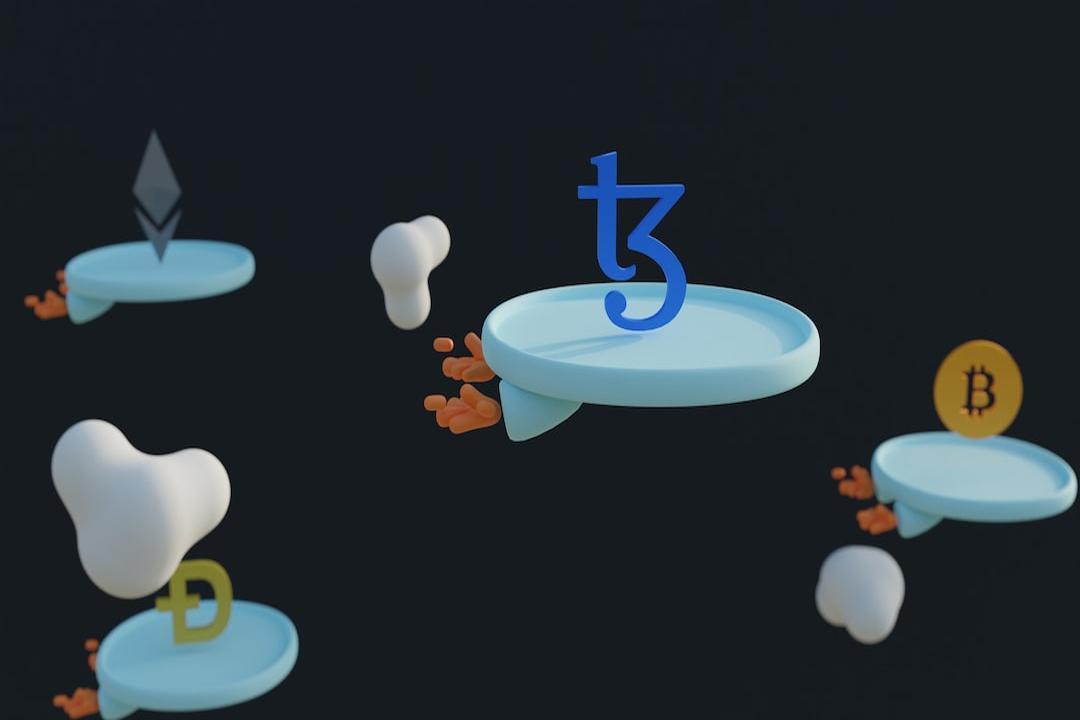Ether (ETH), the native cryptocurrency of Ethereum, has experienced a significant increase of over 20% against Bitcoin (BTC) since February 12th. This surge can be attributed to the anticipation surrounding the potential approval of a spot Ether exchange-traded fund (ETF) in the United States by May of this year.
However, the widely-tracked ETH/BTC pair has reached a crucial turning point that may increase the risks of a correction in the coming days. Let’s examine these bearish setups in detail.
The four-hour ETH/BTC chart reveals that Ether is currently hovering around its 1.00 Fibonacci retracement level at 0.06044 BTC. Additionally, the relative strength index (RSI) has entered the “overbought” territory after surpassing the 70 mark, indicating a potential correction.
The combination of an overbought RSI and a historical resistance level is reminiscent of a fractal observed in January 2024, which preceded an 11.65% drop in ETH/BTC rates. This suggests that there may be exhaustion among investors, leading to a decline in Ethereum’s value relative to Bitcoin. The initial decline could bring the price down to the 0.786 Fib line at 0.058 BTC.
Furthermore, a rising wedge pattern has emerged, awaiting confirmation of a bearish trend. If confirmed, this pattern could push the ETH/BTC exchange rate down by 10.85% to 0.053 BTC by March.
On the weekly timeframe, Ether exhibits signs of a bearish reversal as it struggles to break above its descending trendline resistance that has persisted for several years. Interestingly, this trendline aligns with ETH/BTC’s 50-week exponential moving average (50-week EMA). The confluence of these resistance levels could limit Ether’s upward attempts in the coming weeks, potentially leading to a pullback towards 0.051 BTC, a level that has witnessed strong rebounds in the past.
Moreover, there is a notable divergence in the portfolios of major investors, known as “whales,” between Ether and Bitcoin. Data from Glassnode indicates a significant decrease in the number of entities holding 1,000–100,000 ETH in February. On the other hand, the number of Bitcoin entities holding over 1,000 BTC has increased, likely due to the influx of capital into recently introduced ETFs. This divergence suggests a greater interest in Bitcoin over Ether among institutional investors, further reinforcing the bearish case for ETH/BTC.
It is important to note that this article does not provide investment advice or recommendations. Investing and trading always involve risks, and readers should conduct their own research before making any decisions.


